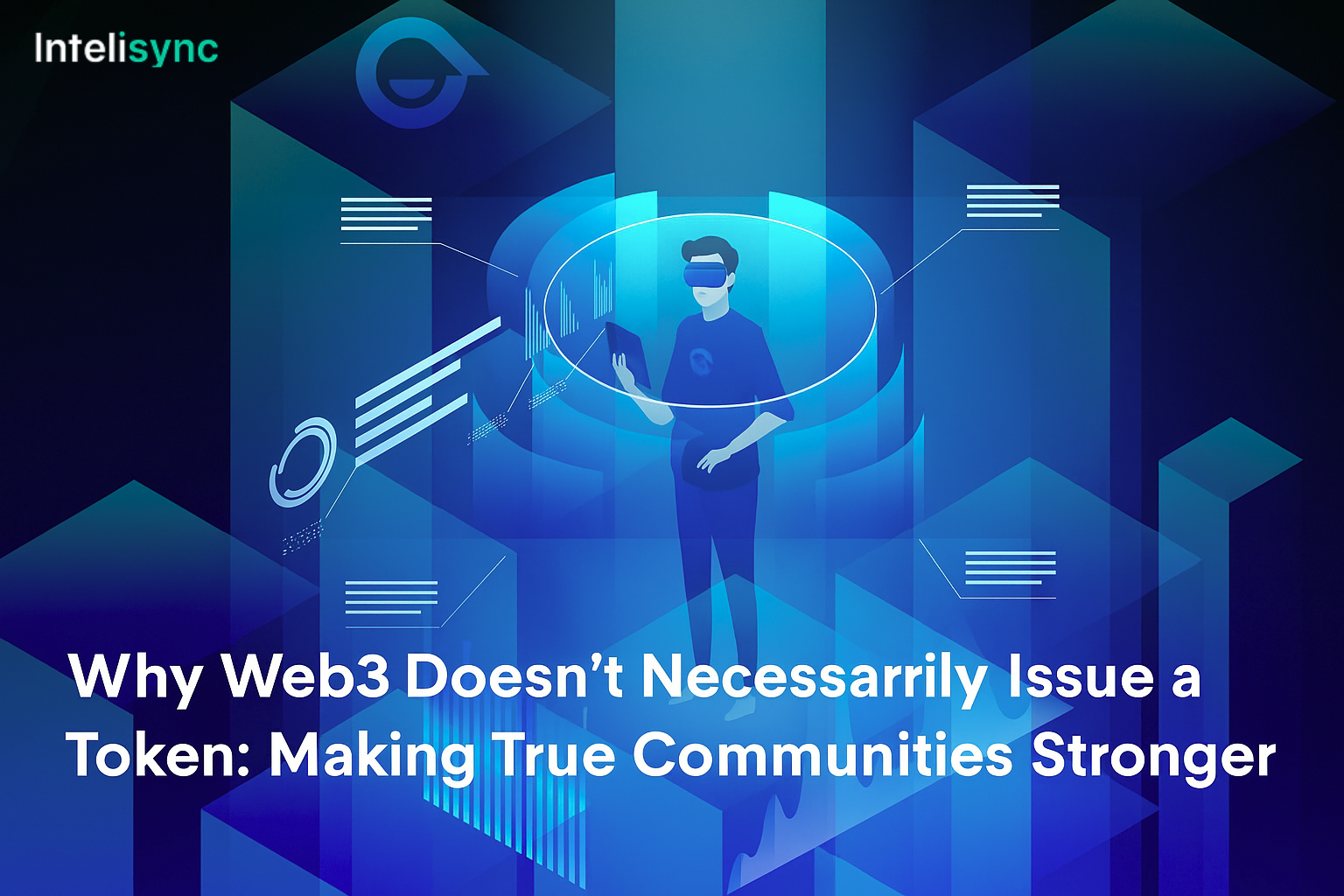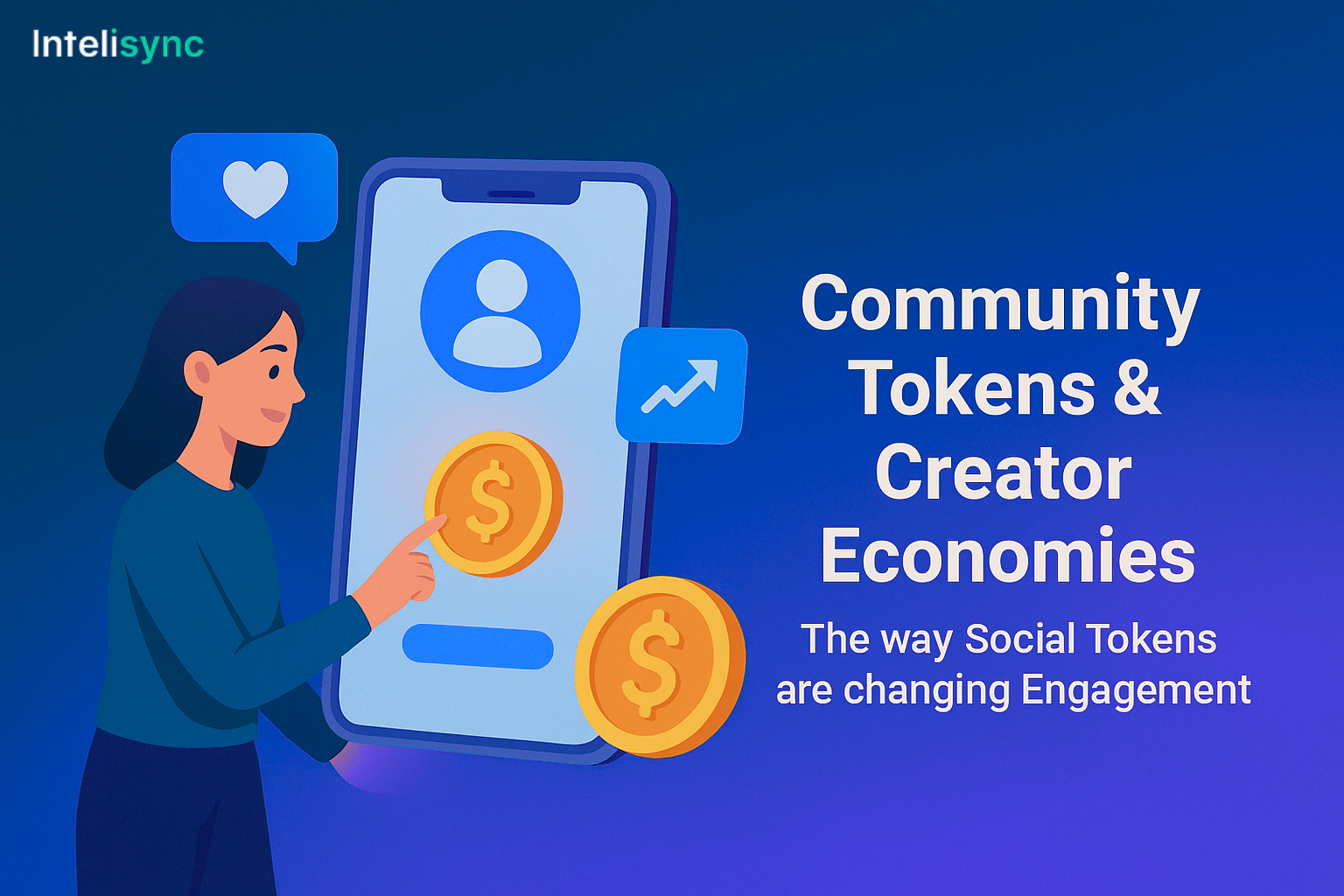What influencer marketing looks like in Web3 and how it differs from traditional spaces and sectors. Web2 Branded brands use celebrities and “lifestyle creators” (lol) to sell products. But in Web3, the community is skeptical of hype and values authenticity, expertise and skin in the game. And that’s why the work of influencers in crypto is more than a popularity contest; it’s all about from whom you take credible advice, from whom you learn, and who you support to promote the ethos of the ecosystem.
In this arena, there are three kinds of influencers that excel, namely, KOLs(Key Opinion Leaders), Thought Leaders, and Token Ambassadors. There are unique roles for each in steering narratives, educating new arrivals, and instilling trust in factors while decentralised.
The Different Types of Web3 Influencers
KOLs (Key Opinion Leaders)
They are individuals whose thoughts and analysis carry weight in the market. Unlike ordinary influencers who could be getting attention to personality or marketing, KOLs are expertise-led, experience-based, and substantive contributors in certain areas.
The space is fast-changing, full of speculation, and often lacks clear regulation. In such an environment, people tend to rely on individuals who have shown consistent expertise and understanding. KOLs fill that gap. Not only do they discuss market trends, they also help define the conversation about where the industry is going. The exposure of anyone with masses of followers is an influencer, but an influencer is not necessarily a KOL.
Most KOLs in crypto have contributed to the ecosystem in a practical way. For instance, Vitalik Buterin is not a random guy making statements he is the co-founder of Etheruem, one of the world’s most significant blockchain platforms. Balaji Srinivasan has a similarly lengthy career in technology and crypto, with management positions at high-profile companies. Andre Cronje has created a number of DeFi protocols which influence the way that decentralized finance has developed.
It is this stuff that makes their opinion not random opinions when they sentiment in. It’s not a leap of faith; it’s based on facts. Because they are presumed to understand the engineering and economic fundamentals of the industry, investors, developers, and even regulators tend to give what they say undue credibility.
Why people follow KOLs
There are several reasons why KOLs attract attention in crypto:
- Track Record: People look at past achievements to judge whether an opinion is valuable. That person is seen as more credible than the one who successfully developed protocols or found projects early on.
- Technical Understanding: Most KOLs can help interpret the nuances behind ideas in blockchain technology. That serve empathy for the general community and helps us understand things that otherwise seem somewhat abstract.
- Market Insight : KOL usually has a sense of new trend. Being active players in the economy means that they are in close proximity to innovation, and can spot opportunities or threats before the market places a value on them.
- Community Trust : Over time, consistency builds trust. Even if the market is volatile, followers value KOLs who provide clear reasoning behind their views.
But not everyone in crypto needs to be a high-profile founder or technical innovator to be influential. Some focus on translating complexity into accessibility — the role of Thought Leaders.
Thought Leaders
They are another important category of influencers in the crypto ecosystem. They dedicate their platforms to explaining how the technology works. They break down complicated subjects into simpler language so that a broader audience can participate in the Web3 movement.
Coin Bureau, Bankless and other channels that have established themselves by regularly pushing out clips that teach about decentralized finance (DeFi), the mechanics of blockchain, and the changing crypto world have played large roles. These creators have become essential shorthand for beginners and experts alike, who prefer to be kept in the loop without having to read extraordinarily technical documentation or academic papers. They’re sherpa who not only show what a protocol does, but why it exists, how it’s structured, what the risks and rewards are.
+For example, a video or podcast episode by one of these creators might explain how a decentralized exchange functions, how fees go to liquidity providers and what trade-offs users need to be aware of. Content like that allows for people to engage with DeFi without being a coding guru or market savant.
Why they are important
- Trust and credibility: One reason for that is because they match up with the needs of the community. They don’t just make tokens that need hyping, they help people understand the wider point.
- Role they play in Adoption: By converting technical updates and news into the everyday, they demystify the ecosystem.
- The balance of education and revenue: It is also worth noting that while educational influencers are trusted, they are still part of a commercial environment. As long as these relationships are disclosed, most of the community is ok with them, since the primary value delivered is still education. It’s a matter of transparency and emphasis. But education alone is not sufficient to forge thriving ecosystems.
Projects also need people embedded within the community who can bridge users and protocols in a hands-on way — which is where Token Ambassadors come in.
Token ambassadors
They are in the middle of marketing, community management, and governance. And unlike typical brand ambassadors that only shitpost about something they’ve used, token ambassadors are inherently part of the protocols they represent.
These are usually community driven individuals with governance token holdings, allowing them to have direct voting power on the fate of the protocol. They don’t just have a job to do of promoting a project, they also are a participant in the community: attending community calls, participating in forums, onboarding new users, providing support, and occasionally contributing to the development of the project. They often also beta test new features and products, and have the exact same experiences that typical users have, good or bad. It’s not their stumping that makes them effective, but their personal touch. The strongest (token) ambassadors are the ‘real’ users of the protocols.
Tokenomics: Instead of traditional cash payments, ambassadors are typically rewarded in tokens. Their financial outcomes are therefore tied directly to the growth and sustainability of the protocol they represent.
Some foster programs even offer ambassadors upfront grants that vest over a multi-week and even multi-month program calendar, in order to incentivize continued loyalty. Other measure some form of performance, for example, community engagement, new user adoption or technical support.
The token-based model does offer a number of benefits. It also aligns ambassadors with the long-term success of the protocol as the rewards they earn appreciate if the project does well.
Why do people follow token ambassadors?
- Trust: Token ambassadors are generally paid in tokens, and many of them also sit on a large stash. That is to say, their financial prospects are tied to the performance of the protocol.
- For followers, this consistency is a trust-builder. Ambassadors are only set to lose if the project is unsuccessful along with the entire community. If it does, everyone wins, mutually.
- Access to information: information about upcoming projects, governance proposals and even opportunities like airdrops and exclusive community events can mean staying one step ahead of the game, and ambassadors often become a direct line for how to do so.
- Community and Social Proof: Because members are often token holders themselves, there is a sense of shared financial destiny. When you join a community, and chances are you’re also a token-holder of some sort, there’s an aspect of collective financial destiny at play.
- Risk Protection: With scams, exploits, and failed projects being common in crypto, followers also rely on ambassadors as an extra layer of protection. A trusted ambassador’s track record acts as a filter i.e. if they support a protocol, it signals at least a level of due diligence has been done.
Web3 is inspired by trustless technology, but paradoxically, people still seek trust in trusted figures to guide them through it. KOLs who bring technical or market vision, Thought Leaders who distill the complex, Token Ambassadors who inspire grassroots engagement, all serve part of the function of driving adoption.
What the future of influencer marketing will look like in Web3 will probably be a combination of these roles- technical credibility, educational clarity, and community alignment in hybrids. As standards are established, influencers who can negotiate their authenticity with responsibility will be key partners in creating and sustaining viable ecosystems. The lesson for users is straightforward: Don’t just follow the loudest voices.
Look for the ones with skin in the game, a record of contribution, and the ability to add real value to the community.







